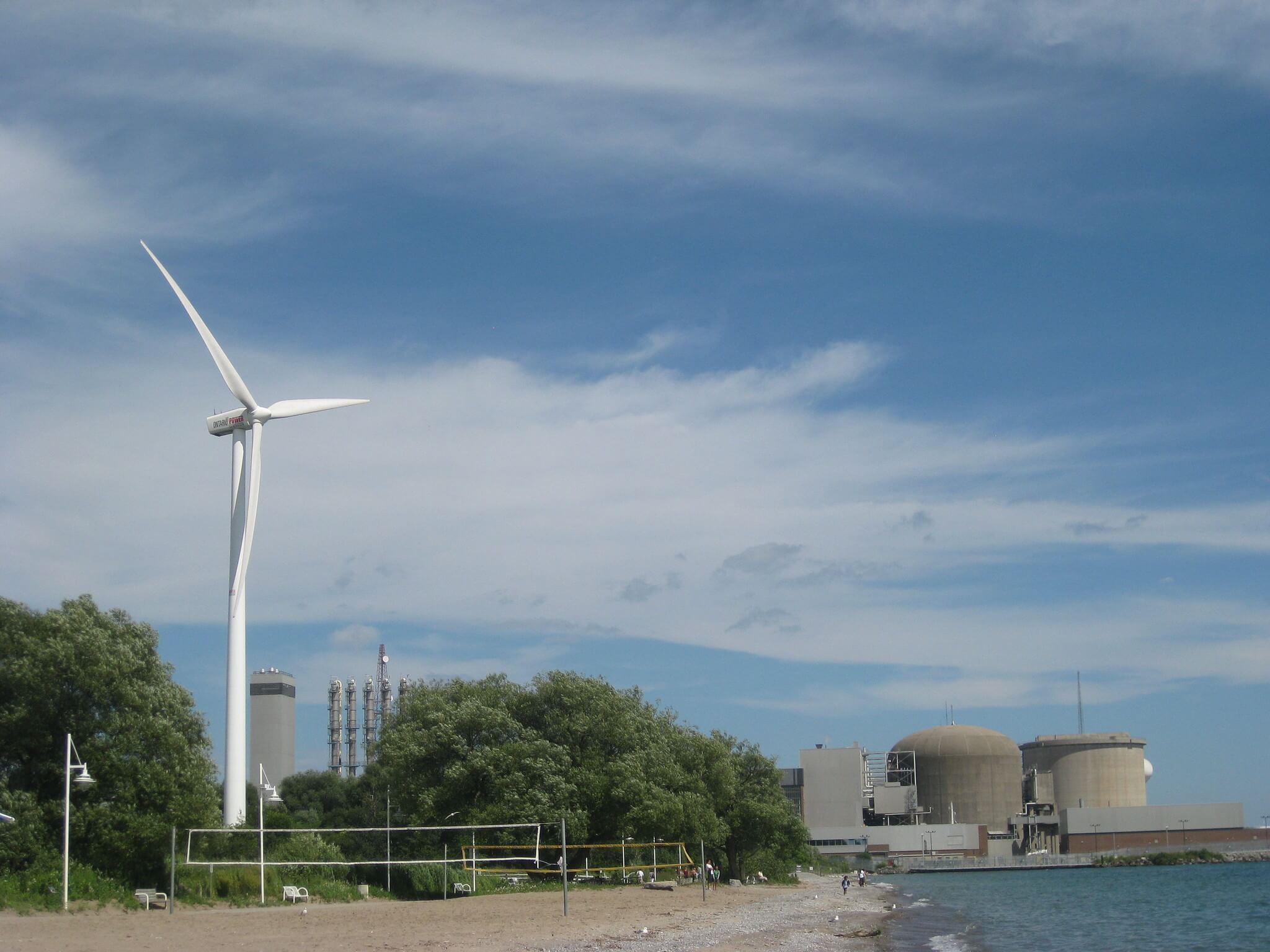Provincially owned Ontario Power Generation has adopted a green bond framework that includes nuclear power – a first for the electricity utility.
The move followed a controversial decision in the European Union to classify natural gas and nuclear investments as green.
OPG had previously limited its green bond financing to hydroelectric and renewable projects. However, nuclear is a key technology in the corporation’s plan to achieve net-zero carbon emissions by 2040, says chief financial officer Aida Cipolla. OPG closed a $300-million green bond issue in July whose proceeds will help pay for the refurbishment of the Darlington Nuclear Generating Station.
OPG was the first corporation in Canada to issue green bonds, and the July issue brings its total financing to $2.8 billion.
The green financing demonstrates to investors and ratepayers OPG’s commitment to the environment, Cipolla says. “OPG strongly believes nuclear will be a critical part of the energy transformation and of handling the increased load” on the power system from decarbonization efforts, she says.
OPG’s electricity generation was 94% free of carbon emissions in 2021.
For the $300-million issue, OPG faced demand for the bonds that was six times greater than the supply, as investors are keen to decrease the carbon intensity of their portfolios.
Cipolla says the “green” label allowed OPG to charge a premium of an estimated three-to-five basis points on the bonds. Many large institutional investors such as pension funds and banks have targets to make their portfolios more sustainable, and green bonds are part of that mix.
However, the inclusion of nuclear in sustainable financing remains controversial, given ongoing concerns about long-term disposal of radioactive waste.
The federal government specifically excluded nuclear power projects as well as fossil fuels in its green bond framework released last March.
OPG strongly believes nuclear will be a critical part of the energy transformation and of handling the increased load.
–Aida Cipolla, chief financial officer for Ontario Power Generation
The European Union produced a draft taxonomy that excluded nuclear but, under pressure from certain national governments, later amended it to include both natural gas and nuclear. The European Parliament approved that version in a July vote, but the Austrian government has said it will challenge it in court.
Many environmental organizations were dismayed at the EU decision and broader efforts to include nuclear and gas in transition taxonomies.
“The more they water down the green-ness of these bonds, the more they lose credibility and undermine the very reason for doing it in the first place,” says Matt Price, director of corporate engagement for Investors for Paris Compliance, a non-profit that monitors sustainable finance activity. “Nukes are only in for relative reasons – [they’re cleaner] relative to fossil fuels. But does that make them objectively green? Nope.”
OPG’s decision to include nuclear in its green bond framework follows a similar move by Bruce Power, which is refurbishing its massive reactor site on the shores of Lake Huron in Ontario. Last November, Bruce Power issued $500 million in green bonds to finance the extension of the life of its units and to increase output. TC Energy holds a 48.8% stake in Bruce; other equity owners are the Ontario Municipal Employees’ Retirement System (OMERS), the Power Workers’ Union and the Society of United Professionals.
Both Ontario power generators relied on an outside party to certify the use of proceeds for green bonds for nuclear: CICERO Shades of Green AS, a Norwegian firm that is billed as the world’s largest green bond certifier.
“Our methodology is based in climate science and provides transparency on climate risk to investors,” Christa Clapp, CICERO’s managing partner, said in an email. “Nuclear power generation is a low carbon energy source that can make it easier to achieve the Paris Agreement emissions targets, but that comes with serious risks that need to be managed carefully.”
OPG’s Cipolla says the power company had been planning to expand its green bond framework to include nuclear but held off on the announcement until the European Parliament approved its taxonomy.
In Canada, a private-sector-led effort to publish a transition taxonomy for sustainable financing has been bogged down over disagreements as to whether nuclear and emission-reducing fossil fuel projects should be included.
The federal government needs to engage more directly to ensure the credibility of the green bond market rather than leaving it to companies to set their own frameworks, Price argued.
Decisions as to whether nuclear or natural gas should qualify under green finance frameworks should not be left to the private sector, Price argues.
“In the vacuum left by the feds refusing to run a credible taxonomy process, anything goes,” he says.







